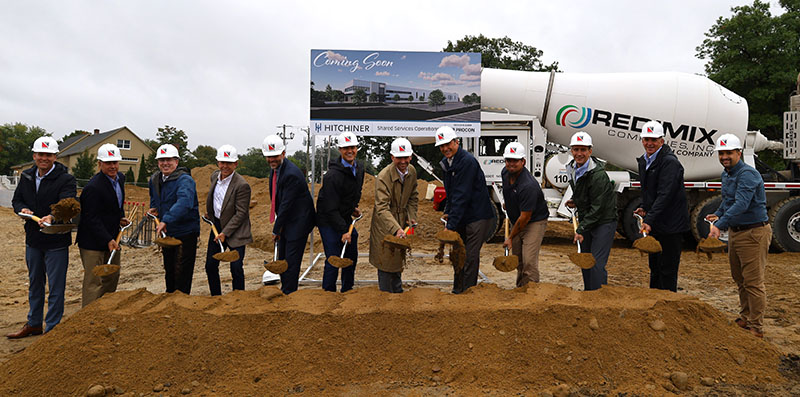News: Northern New England
Posted: November 30, 2011
By Patricia Amidon - Time to clean house after 19 years of appraisals
Last month as I went to place a job file on an appraisal assignment I just completed in the filing cabinet, I realized with dread that the office was running out of storage space. We had only one more draw to go. Mind you, I started my business in 1991, and I still had the office copy of that first job, the appraisal of an auto dealership that has long since disappeared from the face of the earth. Over the years, the office has accumulated multiple filing and storage cabinets through purchases at used furniture outlets, donations from other business, and even scavenging the large trash area of our office building. I had conducted some purging of file contents save the report, but I had never totally gotten rid of an entire file. Never. Until recently.
Admittedly, I am equivalent to the modern day office packrat. I still have the instruction manual from the office camera that has long since been replaced by the digital cameras we now use. I still have the instruction manual for a wide variety of antiquated computer programs we no longer use. I still have the text and workbook from the very first appraisal course I ever took in 1983. I haven't referred to that text or workbook since 1984, but I have been keeping it around just in case. I also keep those old job files around just in case I need the information contained in them such as comparable sales or cap rates if I get an assignment for a retrospective appraisal. Those old job files contain very valuable information, so I thought.
In retrospect, I had to ask myself over the course of owning the business, how many retrospective appraisals have I completed where I needed to research data from an old job file. The answer was quite easy - one to be exact. This prompted another question. Could I have gathered the information from some other source? That answer was also quite easy - yes. Based on my internal discussion, I realized it was time to clean house in a big way. But could I do it?
The Uniform Standards of Professional Appraisal Practice provides very clear direction on how long an appraiser must retain a file. According to the record keeping provision of the ethics rule, "An appraiser must retain the work file for a period of at least five years after preparation or at least two years after final disposition of any judicial proceeding in which the appraiser provided testimony related to the assignment, whichever period expires last."
Another thought to ponder is legal liability. If you have a job file after the required time frame for record keeping, you leave yourself open to possible liability if that job were to be called in question. I have also been told by friends who have done the purging in their offices and homes what a great feeling it is to have empty spaces such as file draws. All this being said, I just couldn't do it. Every time I tried to purge a file, I traveled down memory lane, thinking about the client, the context of the assignment, and the like. It was just too much.
Fortunately, I have a great staff that did the job. They contacted a confidential papers disposal company that dropped off bins. They filled the bins with all the old files, and the company picked up the bins and destroyed the files providing certificates of destruction. We now have ample file cabinet space. My friends are right - it does feel great to have those files gone. I'm even thinking of getting rid of those instruction manuals.
Patricia Amidon, MAI, is president of Amidon Appraisal, Portland, ME.
Tags:
Northern New England
MORE FROM Northern New England
PROCON and Hitchiner break ground on 57,000 s/f shared services operations facility
Milford, NH Hitchiner, in partnership with PROCON’s integrated design and construction team, has officially broken ground on a new 57,000 s/f shared services operations facility at its Elm St. campus. This building will house value-added services used across Hitchiner’s various business units,

Quick Hits







